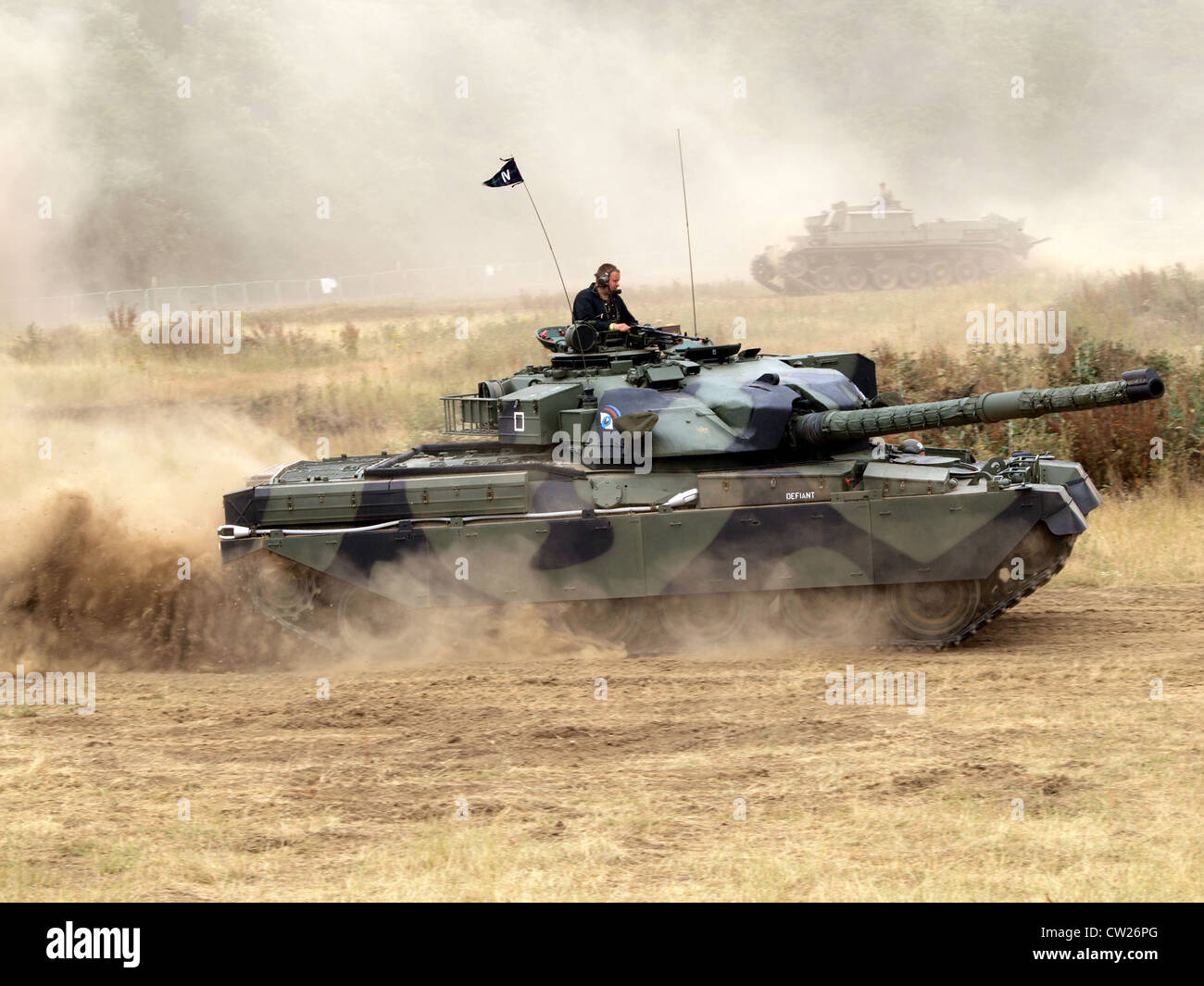

However, even in such conditions, the T-72 did not fare well against M1s-as proven in the Battle of Norfolk during Desert Storm, although the tank also participated in the Battle of Phase Line Bullet, where Bradley IFVs from the 4th squadron of the 7th Cavalry Regiment were driven back by dug-in Iraqi armoured vehicles at heavy cost. Within closer ranges, the T-72 was more effective, especially while within prepared positions. For example, a 120 mm depleted uranium (DU) APFSDS round from an M1 Abrams could knock out a T-72 tank well beyond 3,000 m, while the effective range of the tungsten-core 125 mm shell used by Iraq was 1,800 m. In operations, it fared poorly against American main battle tanks and armored fighting vehicles. Like other tanks in the Iraqi inventory, T-72s were mainly employed as armored self-propelled artillery, rather than in maneuver warfare roles. T-72 tanks saw service in the 1991 Persian Gulf War as well as the 2003 invasion of Iraq. Some surviving T-72s are used for training, and the experience of Iraqi Army officers and crews with the T-72 was one of the reasons behind the choice of Hungarian T-72M1s.

The headquarters of this new Iraqi Army unit is located in Taji, where Iraq had attempted to assemble T-72s locally in the late 1980s. Two years after the fall of Saddam Hussein, the new Iraqi Government acquired dozens of refitted T-72M1s from Hungary, in order to equip an armored brigade. As of 1996, Iraq had 776 T-72 tanks in service. Some of these were destroyed during the Iran–Iraq War, or captured by the Iranians. Overall, Iraq received about 1,038 T-72 tanks, primarily produced in Poland. However, Poland started delivering T-72s in January of 1982, and in September of the same year, Soviet exports resumed as well. Iraq utilized these tanks during the invasion of Iran, which temporarily put T-72 exports to Iraq to a halt. The model of T-72 received was the T-72M, a T-72 export variant without composite armor and equipped with less firepower. In the 1970s and 80s, Iraq purchased a hundred T-72 from the Soviet Union. In the 1980s, Iraq also established a factory to retrofit and repair T-72s, and started the Lion of Babylon project with the intent to assemble T-72s locally. The tanks saw service in both the Gulf War and the Iraq War. During the early stages of the Iran-Iraq War, Iraq under the rule of Saddam Hussein imported a number of T-72 tanks from the Soviet Union and Poland.


 0 kommentar(er)
0 kommentar(er)
